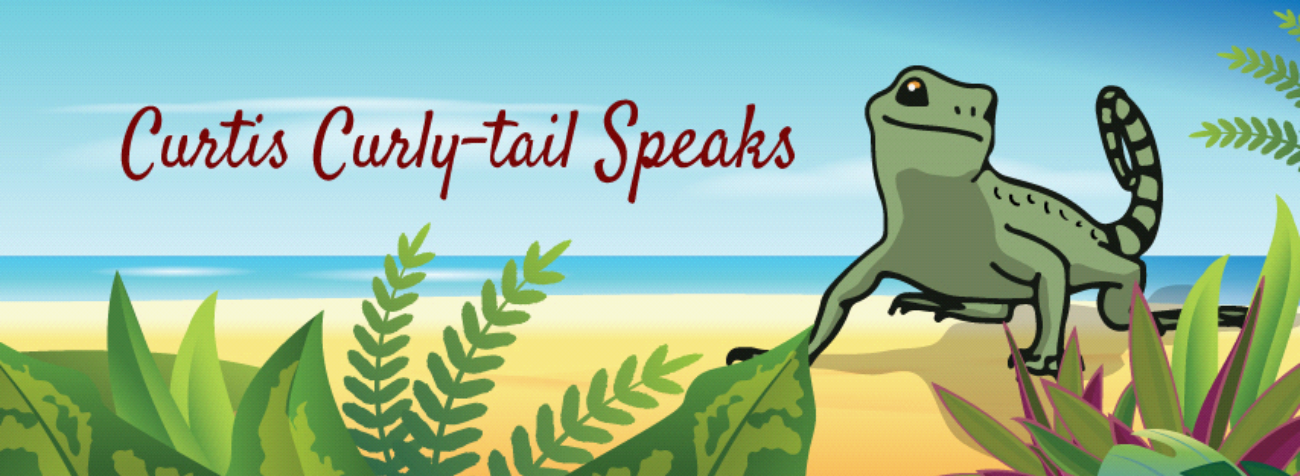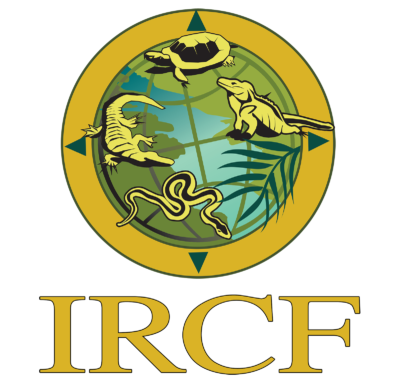For the Love of Beaches
Even though I enjoy living in the Sonoran Desert, I consider myself somewhat of a beachbum. When I lived in Michigan, I made do with the beaches alongside the Great Lakes. But my heart belongs to the beaches along the ocean. Because of this, beach conservation is an issue very much on my mind. Especially on National Beach Day.
My Heart Belongs to the Beach
Beaches are a source of refreshment and inspiration for me. Many of my books are set on beaches. Curtis Curly-tail hangs out on the beaches of Warderick Wells in The Bahamas and the Lime Lizard Lads on Cayman Brac.
Beaches have also played a significant role in several moments of my life. Growing up, my parents and I spent many years walking the beaches of Sanibel Island, Florida, picking up seashells. I loved identifying the various species, delving into the world of mollusks. A favorite pastime was watching the waves wash the top layer of sand off the coquinas (Donax sp.), then cheering them on as they dug back down into the sand before the next wave repeated the washing.
I tried to find various ages of shells, showing their growth over the years. For example, my father’s favorite seashell was the horse conch (Pleuroploca gigantea). On Sanibel, we would find tiny shells, less than an inch, with the white tip, a characteristic of the horse conchs only found on Sanibel.
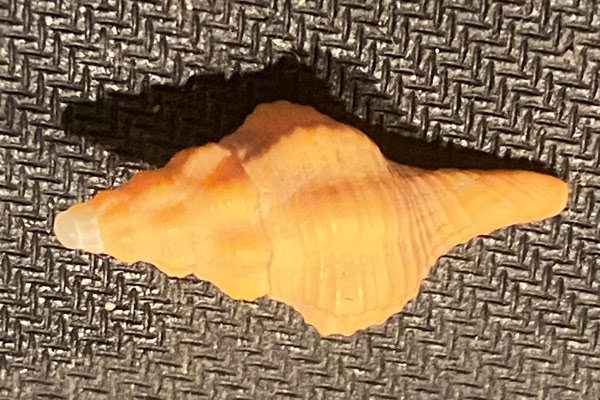
Young horse conchs that lived elsewhere didn’t have this white tip, we were told. After storms, we would occasionally find fully mature horse conchs. They get even bigger than this specimen.
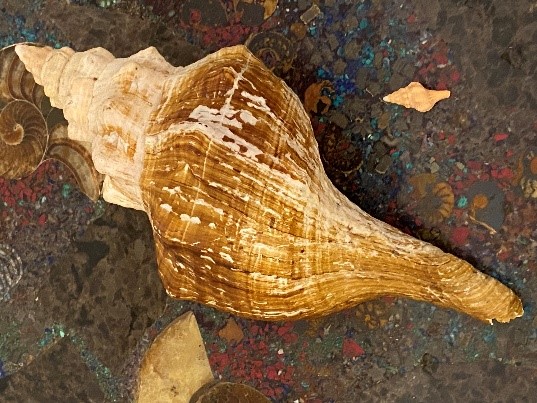
For years, I would pick up fine specimens of the multitude of seashells, always dead, and now my home is decorated in “Early Seashore.” One of my best presents from my parents was my own copy of R. Tucker Abbott’s American Seashells. This book contains an impressive amount of information about the animals whose exteriors I found along the beach in Florida.
As an adult, I walk along Bunche Beach in Ft. Myers, FL, for my mental refreshment and inspiration for writing. Not just my picture books, but Bunche Beach inspires blogs, adventures, and mysteries. My parents and I always enjoyed this beach, since most tourists headed over to Ft. Myers Beach. Bunche Beach had fewer people. By getting to Bunche Beach at sunrise, I often can have the entire beach to myself, except for the birds.
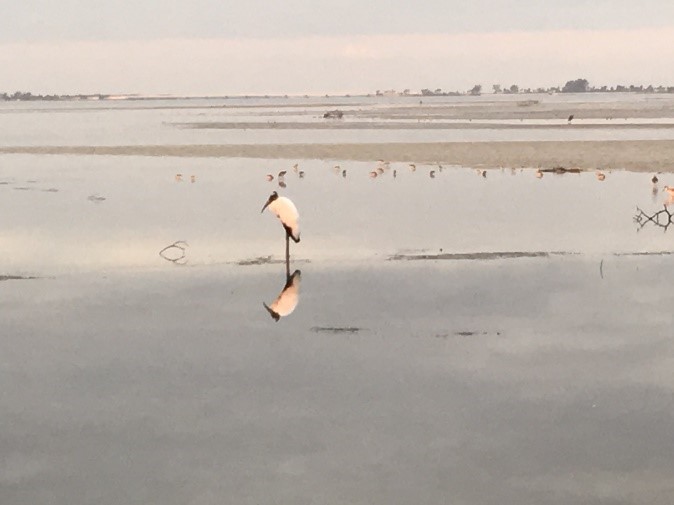
This 3-mile beach has an unfortunate history. It was the only beach that black residents were allowed to enjoy when the area was segregated in 1949. Recently, this incredible natural habitat has been preserved. Bunche Beach is named after Ralph Bunche, the first African-American to win the Nobel Prize for Peace in 1950 for his work in resolving the Arab-Israeli conflict in Palestine. He spent his life working for civil rights and civility around the world. This beach that I adore is a small tribute to a man who accomplished a great deal in his life.
Other beaches that greatly impacted my life are located in the Bahamas where tourists visit the native iguanas. As we approached the beaches, the iguanas would rush out to meet us. This is very strange behavior for rock iguanas. Most iguanas are cautious around people, heading for their rock dens at the first sign of danger. However, due to tourists feeding the iguanas, their innate behavior has changed, since they know that tourists are a source of easy food. Many of the islands where these lizards live have a limited amount of food available. Tourists bringing human food are an easy meal source. Unfortunately, it’s not usually healthy food. Iguanas of the Cyclura sp. have changed their behavior in order to avail themselves to easy food. And it all plays out on the beach. Sadly, this tourist-induced behavior has negative health consequences for the endemic iguanas. This will be a topic of the next Curtis Curly-tail adventure.
Save our Beaches
National Beach Day, celebrated this year on August 30, was created to increase our awareness of the beauty of beaches, but also our responsibility to keep them safe and clean. The goal of the organizers is for all of us to leave nothing behind. Clean up trash that endangers animals on land and in the water. After all, we are visitors, but they have to live there. This includes beaches of all bodies of water, large and small.
Beaches do have significant economic impact. People come to walk along the beach or sit and enjoy the atmosphere. Tormenting tourism departments are the dynamic nature of beaches, building up sandy areas, but losing land with the next storm. Building close to the shore can aggravate the loss of sand. I observed this on Seven-Mile Beach on Grand Cayman. The first time I visited, the beach was wide and easy to walk. The last time I visited just before the pandemic, a great deal of the sand had been lost, increased by the passing of a nearby storm.
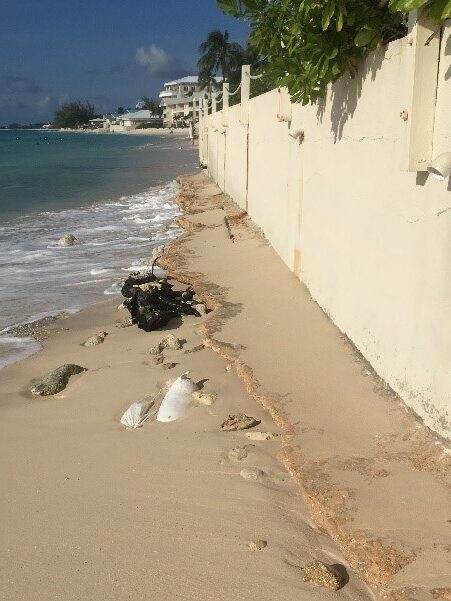
Even my chair had to be in the waves.
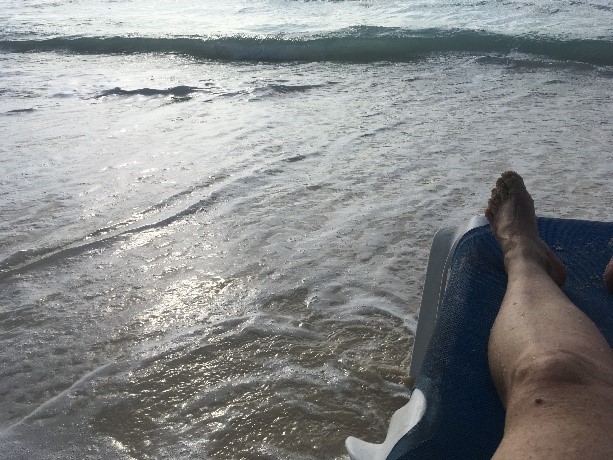
I’m not sure why beaches appeal so much to humans, but I know they touch my soul, especially if it’s a warm water beach. So, on National Beach Day, be sure to appreciate our beaches and pledge to keep them clean.
Beach Books by Elaine A. Powers
Curtis Curly-tail and the Ship of Sneakers
Curtis Curly-tail Hears a Hutia
Curtis Curly-tail is Lizardnapped
To learn about our latest science-based children’s books and workbooks, to read our latest blog posts about reptiles, birds, cats, and gardening, in a variety of locations, and about how the books come to be, what inspires an author to write, and many more interesting aspects of the publishing business, fill in the box below and we will add you to our email list.
Thank you!
